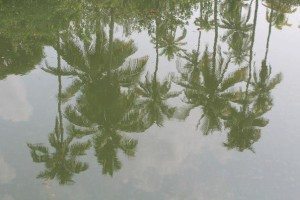
Backwaters of Kerala
Kerala
Kerala is in line to be the ‘next big thing’ on India’s tourism menu, and its palm-fringed backwaters are already filling up with eager tourists. I visited Kerala in April 2012.
I set out from Chennai’s central railway station on a Saturday evening. My train took me across the southern stretch of the subcontinent, traversing the Western Ghats, the mountain range that forms a spine up India’s west coast. I was sharing a first class compartment with an immense Tamil man who was also enroute to Kerala. He wore tilak on his forehead in a fashion which made him look like Darth Vader from Star Wars. He also snored, and as such I didn’t sleep very well overnight.
I woke as the train neared my destination Kochi, the city formerly known as Cochin. Kochi is a city spread across a group of islands which sit about 200 metres off the coast. As such, it is quite unique, with many properties facing directly on to water. The train actually pulled into Ernakulam, a major service city for Kochi which is on the adjacent mainland. Ernakulam has actually grown to be bigger than Kochi, which is geographically restricted from sprawling any further. However the two cities together are usually just called ‘Kochi’, because Ernakulam began life as a suburb of Kochi anyway.
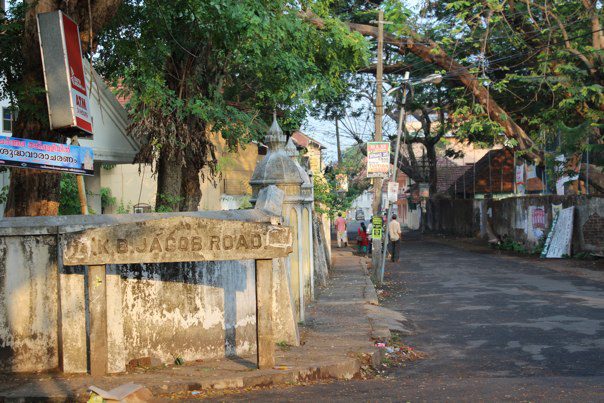
Streets of Old Kochi
Walking around Kochi early on Sunday morning, I quickly noticed two things which possibly inspired Kerala’s tourism board to adopt the slogan “God’s Own Country”. Firstly, Kochi, and the state of Kerala generally, operate at a different pace to Chennai. Although Kochi is a major city of 2 million people (about the size of Brisbane), it still very much retains the island life. Goats still walk the streets which are filled with the aroma of vanilla-infused incense; spicy and smooth. As the misty humidity rose off the languid waters between the CBD and the mainland, I searched for somewhere which served breakfast before 8am. Or a
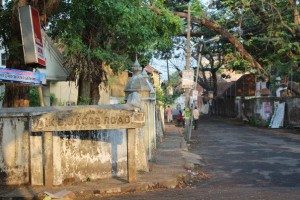
Streets of Old Kochi
coffee. Anything! The second thing which I noticed was the chanting which emanated from churches and cathedrals across the island city. I had arrived on Palm Sunday, and the city’s large Christian population were out in force, marching around the streets with leaves, crosses and incense. Being a port city in a strategic location, the area around Kochi has welcomed traders from Asia, Europe and the Middle East for at least 2000 years. Not far from Kochi was where Jesus’ apostle Thomas (“Doubting Thomas”) is believed to have landed in 52 AD. Today, 35% of Kochi’s residents are Christian – one of India’s highest concentrations. Most of them were Jewish before Thomas arrived, and Kochi still has an area known as ‘Jew Town’, home to synagogues and a cultural centre. Today, only 17 people in Kochi identify as Jewish, although a community of 8000 Jews living in Israel are of Kochi origin. Kochi’s demographic
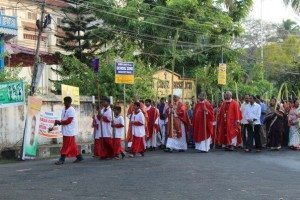
Palm Sunday at Santa Cruz Cathedral, Kochi
tossed salad is also made up of 47% Hindus, and about 17% Muslims. Kerala is also one of India’s most progressive states; its literacy rate is over 93% for both women and men. It has a highly developed tourism infrastructure, and many Keralans can speak three languages – English, Hindi and Malayalam, the local tongue. In 1957, Kerala elected a communist state government – the first time in the world that a communist party had come to power by democratic election. The state capital, Thiruvananthapuram (the British renamed it Trivandrum) is 200kms south of Kochi, and both have international airports, connecting them to Dubai, Abu Dhabi and Singapore.
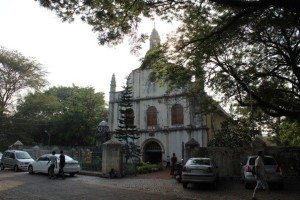
St Francis Church, India’s oldest standing European church, dates to 1503.
I spent much of Sunday in Kochi wandering the history-drenched streets photographing the old churches, including the oldest European-style church in India, St Francis Cathedral, built in 1503. The weather was hot and sticky, typical of Kerala’s equatorial climate, so I decided to take some time out with an ayurveda treatment. Ayurveda, the subcontinent’s traditional folk medicine, is important to Kochi – although it is often called an “Indian” treatment, it was perfected on the tropical coast of Kerala. I chose shirodhara as a method of recovering from a bad night’s sleep. I paid 600 rupees (about $12) to lie on my back, and with my eyes shielded by cool compresses, warm, aromatic oil was poured in a continuous stream across my forehead for half an hour. If used frequently, the treatment is supposed to soothe the
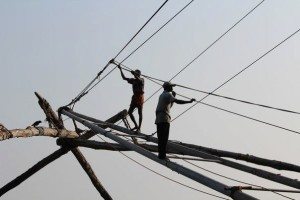
Sunset over the Chinese Fishing Nets
mind and relax the soul by cleansing the mythical ‘third eye’ – a spot just above the bridge of your nose, between your eyebrows. Whether you believe in the benefits of ayurvedic treatment or not, it makes sense that it would be relaxing – the ‘third eye’ is the same spot that most people instinctively massage when feeling stressed. The bed is fitted with a low pillow, which tilts your head back ever so slightly – just enough to make the oil flow away through your hair, where it moisturises your scalp – before draining into a small pot at the end of the bench. The whole experience is then finished off with a head massage. If you ever have the opportunity to try shirodhara, I would highly recommend it. Ayurvedic practitioners recommend it twice a week to have the desired effect, but even a one-off session proved to be one of the most relaxing things I have ever done. “God’s Own Country” indeed.
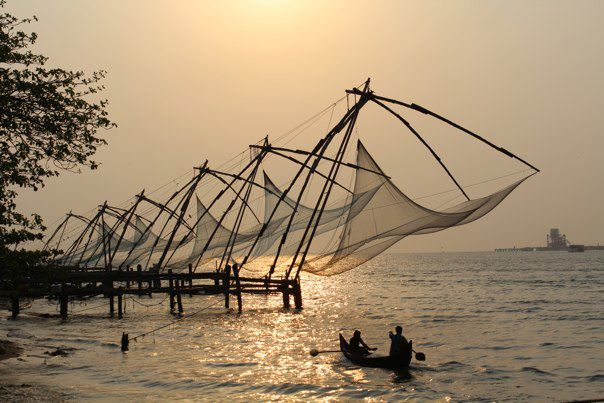
Sunset over the Chinese Fishing Nets in Kochi
Later in the day I headed down to the water’s edge, where huge fishing nets have sat for centuries. Originally brought to Kochi by Chinese traders, they have been rebuilt over the years, but are essentially still the same – huge wooden arms reach out over the estuary, hauling up expansive nets on a pulley system up to three stories high. Watching the fishermen work these contraptions is an attraction in itself, but nothing quite compares to watching the sun sink into the Arabian Sea behind these spindly, photogenic structures. Very evocative.
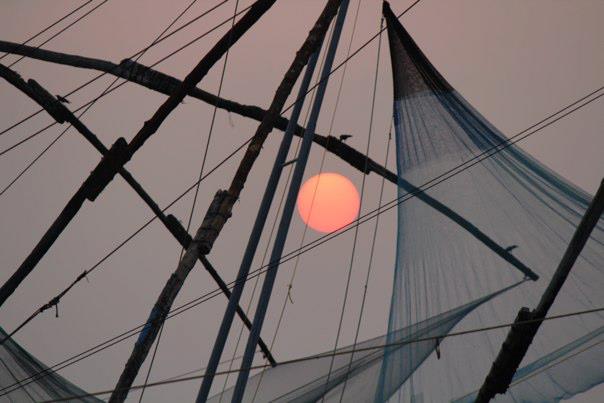
Sunset over the Chinese Fishing Nets of Kochi
It was here that I got propositioned by a local guy, which I politely declined; and as if that wasn’t enough to spoil the mood, a bird shat on my jeans. I took solace in the fact that I wasn’t the only one to get shat upon – in fact, the tree-lined streets of Kochi made venturing anywhere a hazard, and I saw many other people subject to the indiscriminate flying turds. I got the feeling that God, in his own country, was taking the piss.
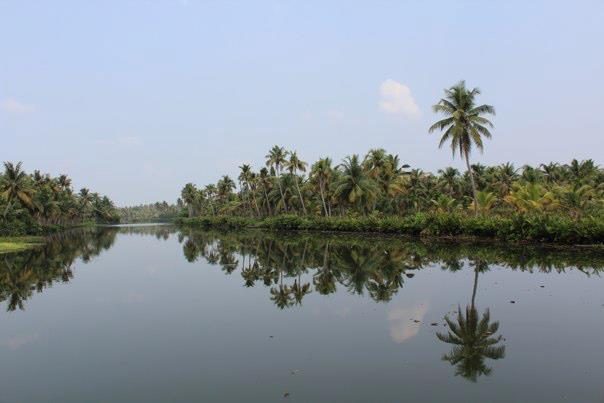
Backwaters of Kerala
The next morning I jumped in a taxi to get to Perumbalam, 35 kilometres south of Kochi, and beyond the urban sprawl. The estuary between Kochi and the Indian mainland is one of dozens which line the coast of Kerala. These waterways have been adapted into a series of canals by the local farmers, and have for centuries been used as aquatic routes to link remote communities. The placid waters, separated from the sea by a narrow spit of land, are lined by coconut palms and spice plantations and plied by canoes, rowboats and houseboats.
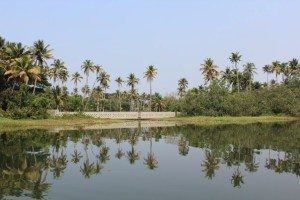
Backwaters of Kerala
The calmer-than-calm water shimmered with the reflection of the tropical flora along its banks. It’s like what Venice might have looked like if it was built 1000 years ago and in the Amazon Basin. Our boat, powered by a gondolier with a long bamboo pole, navigated the smaller canals like roads, and the wider rivers like highways, while life continued on the side of the road. Known as the Kerala Backwaters, these idyllic waterways are the jewel in Kerala’s tourism crown, and my boat was full of other tourists doing the same thing. We stopped off in small villages to observe the traditional way of life and to buy handicrafts. After 3 hours, I and four others disembarked while the rest of the tourists continued on their 7 hour tour, where they were to be fed traditional Keralam coconut-seafood curries.
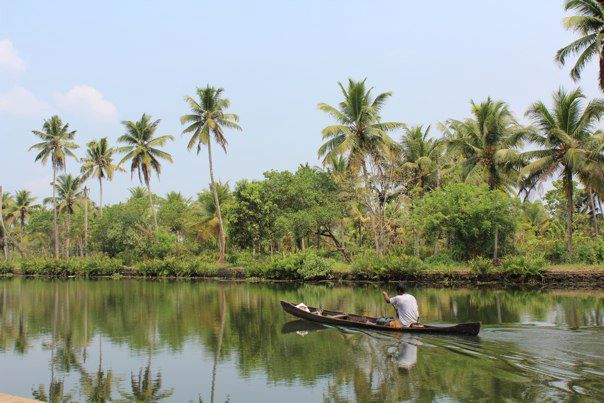
Backwaters of Kerala
When to go
November to February; even March starts getting hot, and by April it’s positively steamy. It can rain at any time of year, but June and July see frequent (sometimes continuous) torrential downpours.
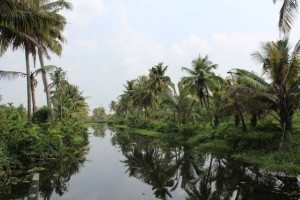
Backwaters of Kerala
Essential Stats
Culture shock: 6/10 – it’s different, but tourist friendly.
Language difficulty: 6/10 – Enough locals speak English.
Quality of food: 8/10 – seafood curries? Yes please!
Cost: 5/10 – Kerala can be more expensive than other parts of India, owing to its tilt at being a lifestyle tourism destination. however it’s still cheap by international standards.
Physical demand: 3/10 – It depends on how much activity you want to do, but being driven around lagoons doesn’t take a lot of effort!
Advice and warnings
Kerala is a very safe destination to visit, and visitors often remark how welcoming it feels. The usual precautions still apply; no walking around dark streets alone at night, keep an eye on your valuables and beware of dodgy traders – not everyone is a saint in ‘God’s Own Country’.
Check Smart Traveller or the British Foreign Office for more comprehensive warnings.
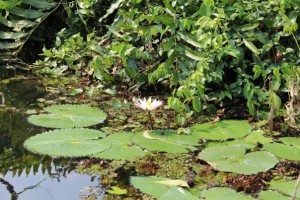
A Lotus on the backwaters of Kerala
Visas
Australians and Pakistanis need a visa to enter India. Applications in Australia cost around A$100, and take about a week to process. Applications from Pakistan are more complicated. Contact your nearest Indian diplomatic mission for details (Melbourne, Islamabad, Sydney).
Getting there and around
Several train operate each day between Chennai and Kochi’s Ernakulam station. The trip takes a minimum of 11 hours, and costs from INR 1,292 one way for an AC 2 Tier bed. Bookings can be made through Cleartrip.
From Melbourne and Sydney, Emirates fly to Kochi via Dubai.
Melbourne (from $1160 return)
Sydney (from $1176 return)
From Lahore, things are more complicated. Take Pakistan International Airlines to Delhi from PKR 34,992 return. From Delhi, fly Jet Airways to Kochi from INR 14,035 return. Note that these two airlines don’t connect – you’ll need to collect your luggage and check-in again each time you transit Delhi.
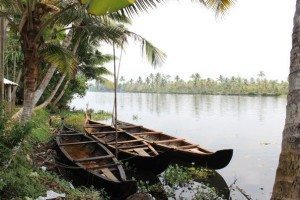
Backwaters of Kerala
Accommodation
I stayed at the bare basics Taj Mahal Homestay, booked through HostelWorld.com. Vivanta by Taj and Trident are both top-end Indian hotel chains that have a presence in Kochi, if you’re looking for something more upmarket.

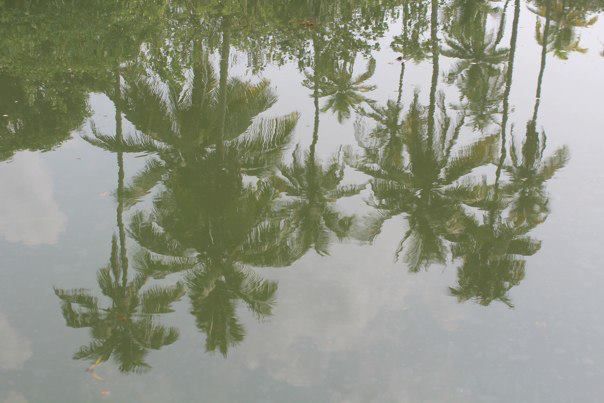



That’s definitely a place I would like to explore in the future. The landscape and Backwaters of Kerala look just amazing. 10/10 for me!
You’ll need to start planning – and I’ll meet you there! Thanks for reading Agness 🙂
Great post, Tim. Love the photos! India is a photographer’s paradise. I’ve visited Rajasthan only. Gotta go back one day for an extended trip around the country.
Thanks for reading!! Yes, India is just amazing for photography, I’m dying to go back again some day!! 😀